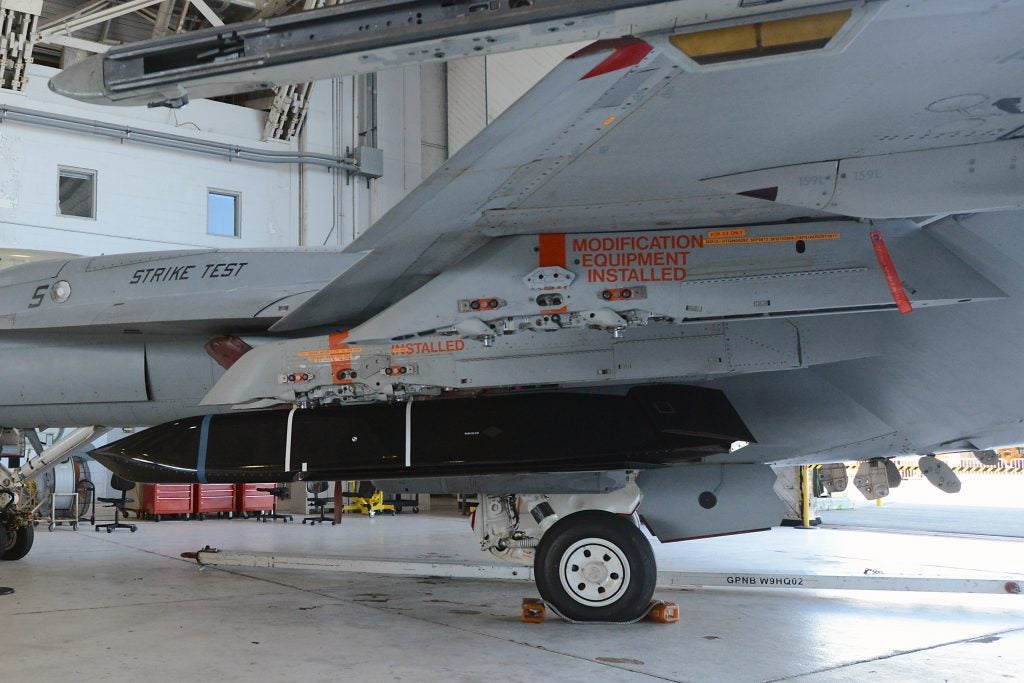Improving the U.S Navy’s Newest Anti-ship Missile
BAE has been awarded a contract to produce new seekers for the U.S. Navy’s latest anti-ship missile, the AGM-158C LRASM. Lockheed Martin, the maker of the LRASM, awarded the contract worth $117 million to BAE Systems. This follows another contract awarded by NAVAIR to Lockheed Martin regarding the integration of a new GPS receiver for the missile. These capability upgrades are a culmination of planned improvements to the missile, being dubbed “LRASM Improvement Program”. These upgrades include possible enhancements to Electro-Optical/Infrared Seekers, Inertial Measurement Units and modifications to the wings for extending range. Lockheed Martin was awarded contracts for Lot 4 and 5 of the LRASM missile. Lot 4 which is scheduled to be delivered in 2022, this will be the first Lot that will deliver a version of the missile that incorporates the new upgrades dubbed LRASM 1.1 configuration.
The Anti-Ship Missile Gap
Entering service in 1977, the Harpoon has been the main anti-ship missile of the U.S. Navy. Ever since its introduction, the missile has gone through several iterations to increase range and processing capabilities. From the introduction of the Harpoon into the arsenal until the turn of the first decade in the 21st century, the US didn’t procure any new anti-ship missiles. During this period, the navy retired the Tomahawk anti-ship missile as well as the Harpoon from its subsurface inventory.
While anti-ship missile development in the US stagnated, elsewhere around the world the field continued to proliferate. The Soviets used to lead the world in anti-ship missile development and its successor state, the Russian Federation, has developed very capable missiles. They were also responsible for the proliferation of these systems to Soviet-aligned Communist countries. In the last half of the 20th century, a class of slow and high-speed sea-skimming missiles began to proliferate. The U.S. Navy put a lot of emphasis on defending against these weapons, but no effort was spent trying to replicate their capabilities for offensive use for the Navy itself. As such a capability gap both in quality and range developed, the US was left sorely lacking in anti-ship missile capabilities. The surface force and the air wings were stuck with Harpoons, which were vastly outclassed by adversarial systems like the P-800, YJ-12, C-803 and the 3M-54 Klub family.
Anti-ship missile development in the West remained stagnant, however, Air Launched Cruise Missile (ALCM) development for penetrating enemy air defenses did not. Various programs in the West created stealthy cruise missiles that would fly along a low altitude to evade defenses and strike targets. One of these projects in the US was called the Joint Air to Surface Standoff Missiles (JASSM), this missile would later become the basis for the LRASM fielded today.
The History of the Long Range Anti-ship Missile Program
The Long Range Anti-Ship Missile program was established in 2009 jointly by the Office of Naval Research and DARPA, following an Urgent Operational Need (UON) brought forward by Indo-Pacific Command, due to the lack of capable anti-surface weapons. In 2008 DARPA sent out a notice to the defense industry for research and development proposals. The notice called for demonstrating anti-surface warfare strike capabilities in the face of new and challenging defensive systems adversaries fielded. DARPA got back nine proposals to the notice and eventually settled on the Lockheed Martin proposal. Initially, the program had two variants of the LRASM. One variant, LRASM-A, would be a subsonic cruise missile that would use its stealthy airframe based on the Joint Air to Surface Standoff Missile Extended Range (JASSM-ER) airframe fielded by the Airforce. It would incorporate additional sensor technologies to work in communication degraded environments, while also using the stealthy characteristics of the missile for terminal survivability. The second variant, LRASM-B, would be a supersonic and high-altitude missile. This variant would use its speed and agility to overcome enemy defensive capabilities.
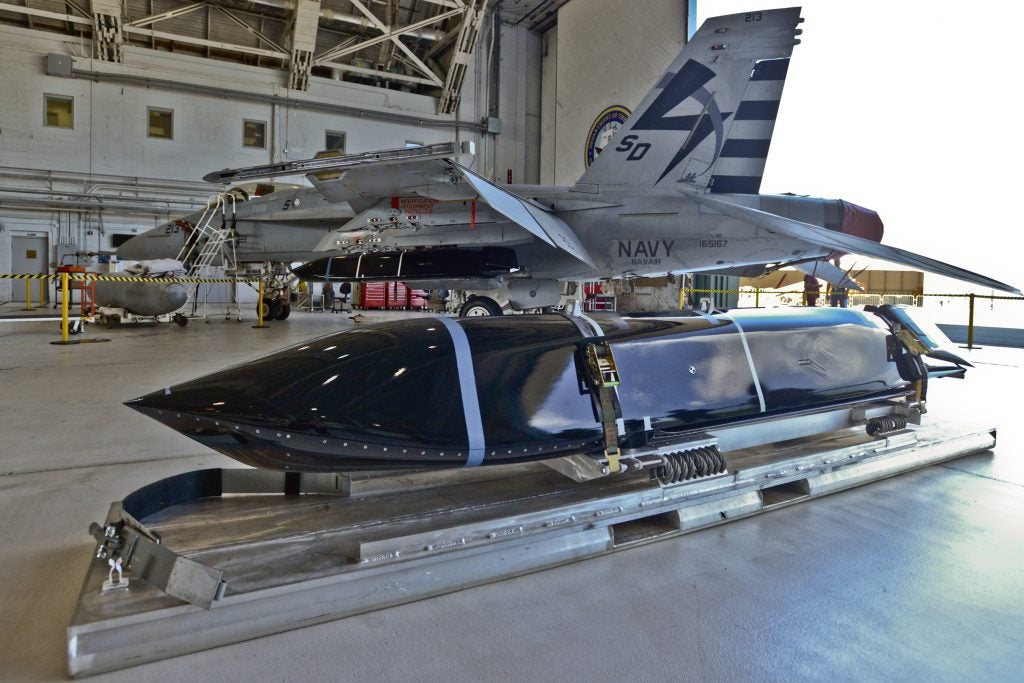
However, due to the urgency of filling the operational need by INDOPACOM, DARPA decided it would focus on LRASM-A and divest the LRASM-B. This terminated the supersonic path LRASM could have gone down. Some of the new capabilities DARPA introduced to the missile include; the incorporation of semi-autonomous capabilities within the missile, the ability to do independent target recognition, work with other missiles of its type, use ship emissions to locate enemy targets, and have re-targeting capabilities. LRASM-A had to accomplish all of the listed capabilities with reduced dependency on intelligence, surveillance and reconnaissance (ISR). These requirements meant the missile had to incorporate a new Radio Frequency (RF) seeker for passive Electronic Support Measure (ESM). This made it possible for LRASM to use directional finding, a technique for locating targets using the target’s emissions. This task was a significant challenge for the main integration team from BAE Systems. Directional finding systems used in conventional platforms, such as aircraft, tend to be bulky and large. Usually unfeasible for missiles of LRASM’s size. But the BAE team managed to shrink down the systems to fit within the airframe. In an interview with Jane’s, LRASM program manager, Joseph Mancini, said: “This is a very highly constrained SWaP environment. We took and [reduced those components] down to a very small SWaP configuration for a missile system. We basically have taken our electronics down to a 20 lb package.” Furthermore, these newly added systems required significant processing capabilities within the already SWaP-limited missile.
READ: A Short Guide to Naval Missiles
DARPA established the LRASM Deployment Office (LDO) and efforts for transitioning the missile into a U.S. Navy Program of Record began. In the FY2015 budget, the Navy requested $202.9 million in funds for the Offensive Anti-Surface Weapon (OASuW), at the time a massive increase for the two-year-old program. Some of these funds were to go towards the LRASM transition process from DARPA, further system maturation, Avionics improvements and passing critical design review.
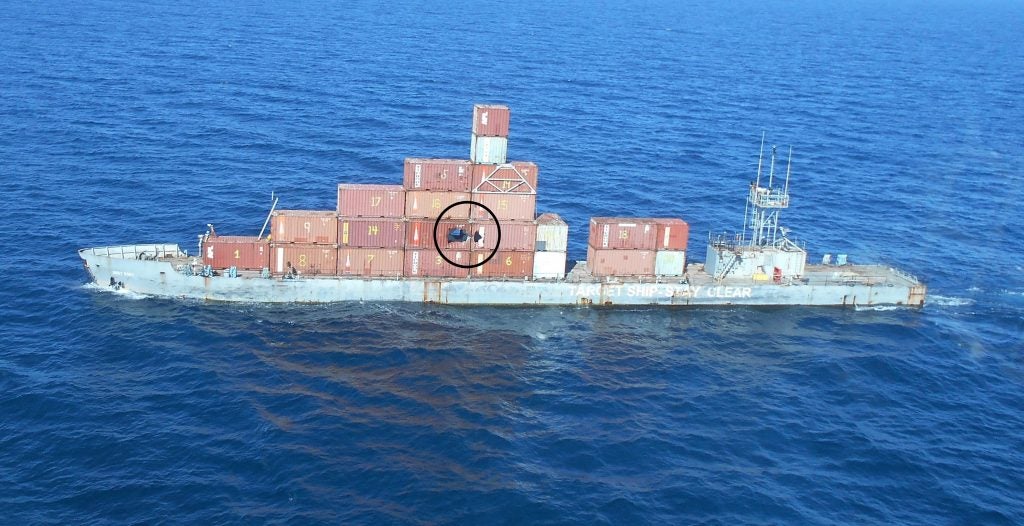
Early Operational Capability (EOC) for LRASM was gained in 2018 by the U.S. Air Force’s B-1B bomber. The bombers were the first to launch the missile in August 2017 at Point Mugu off the West Coast test range. During the test, the missile navigated using its INS/GPS to several selected points to test its waypoint navigation, the test area had three moving Mobile Sea Targets (MST) with Radio Frequency (RF) emitters to simulate warships. The missile detected all three MSTs using their emissions and hit the target after determining the desired target with its infrared seeker. This test was followed by another one in December of the same year, where a bomber launched two production configuration LRASMs. In November of 2019, NAVAIR declared Early Operational Capability of the missile on the F/A-18E/F after several Captive Carry Flight tests. This, finally, brought a new anti-ship missile to the carrier air wing for the first time since Harpoon.
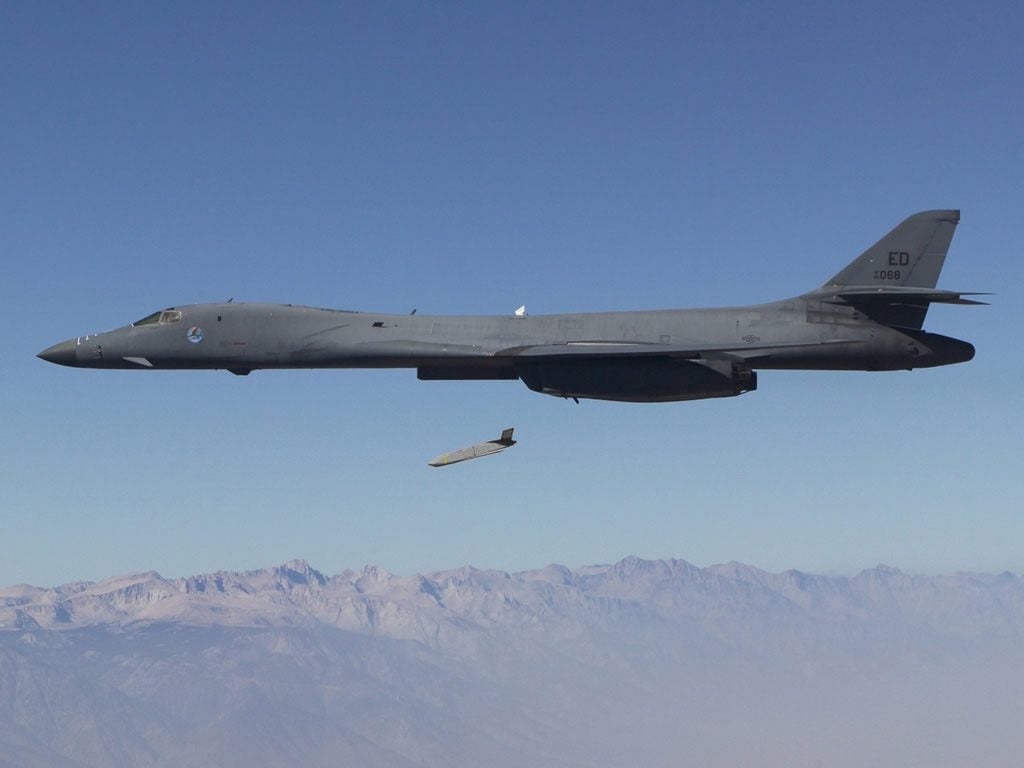
While these are the only platforms that can deploy LRASM currently, more platforms are being prepared for integration with the missile. The U.S. Airforce awarded a contract to Boeing to begin early work on Integrating the missile into the B-52, the company also got a contract for integration on the P-8A Poseidon, the mainstay Maritime Patrol Aircraft of the U.S. Navy. Integration of LRASM has been done mostly on fixed-wing aircraft, although the option for surface launch is available. Lockheed Martin has conducted several tests of the missile for surface launch. The company launched a LRASM missile from the Self Defense Test Ship in July 2016. This test followed two prior VLS launch tests conducted in 2013 and 2014 at the Navy’s Desert Ship at the White Sands Missile Range. Lockheed Martin has also unveiled a deck launcher for the missile. Thales Australia and Lockheed Martin finalized a teaming agreement for local production of the Long Range Anti-Ship Missile – Surface Launch (LRASM SL) variant in Australia.
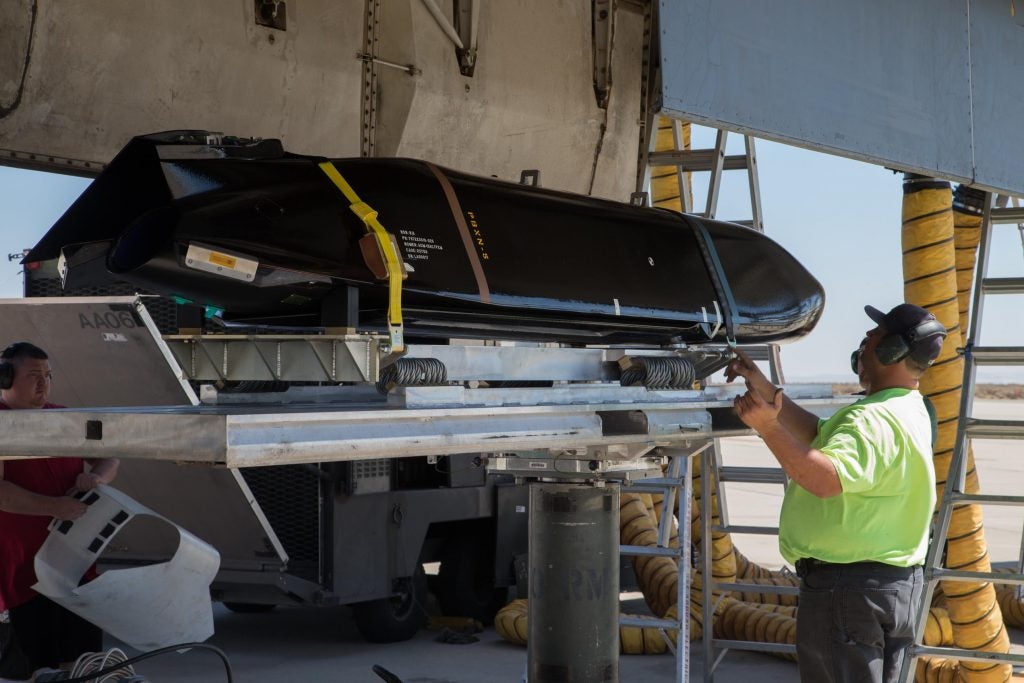
The production quantities of LRASM have been relatively small compared to the JASSM and JASSM-ER. From FY17 to FY26, the Air Force and Navy plan to acquire 154 and 374 LRASMs respectively. However, due to LRASM being tied to the JASSM’s production line, the Airforce recently announced it would increase its LRASM inventory to 400 missiles, as a part of a wider effort to increase their JASSM inventory from 4,000 missiles to 10,000 missiles.
While the LRASM is new to both U.S. Navy and Air Force inventories, a slew of upgrades to improve the missile have begun. These will not only improve the capability of the missile but also reduce costs and ease of manufacturing. This missile will not only allow the US and its allies to close the anti-ship missile gap with adversaries, but it will also give them an edge with its advanced capabilities not found on any other anti-ship missile today.

